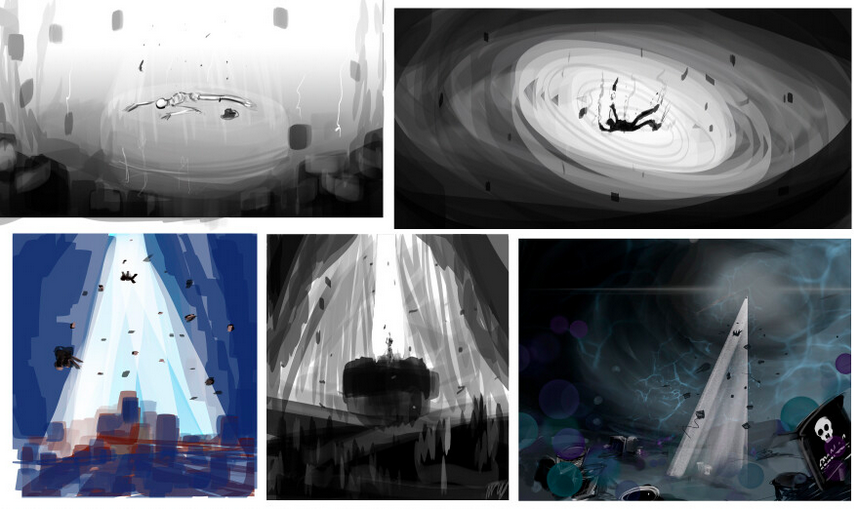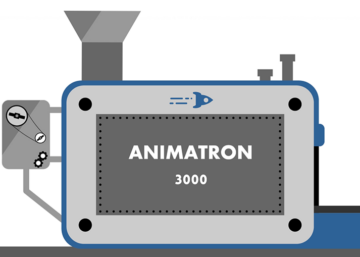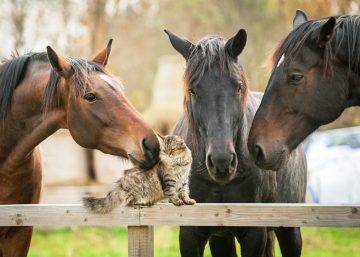Scarlett has recently completed a voluntary learning placement with us here at Distant Future. Here is what she had to say about the process of finding a placement and developing her creative skills at the studio…
For many of us first looking to enter the creative sector, we are immediately faced with a dilemma. How do you find that dream entry-level job without experience, or vice versa – experience without a job?
Here I was, thirty years old, part-time employed, and feeling frankly directionless. My undergraduate degree had yet to pay dividends. I had several years of insecure contracts and customer-service positions under my belt that did little to give me a sense of purpose.
I had been drawing and designing for a few years at this point, and occasionally applied to creative positions. However, it’s always hard not to get downhearted when the response is… crickets.
I was confident in my portfolio, but my lack of a creative degree and experience stood out for the wrong reasons. That’s why I decided to put myself out there and find a placement – even if I had to give up my time for free. After all, I reasoned, it was a better return on investment to volunteer time at a company than to pay out thousands for yet another qualification.
Setting boundaries: Guidelines for creative learning placements in 2022
You would think that a lot of organisations would jump at the chance of having someone work for them for free. However, there are obvious ethical issues in bringing someone to do the work of a paid employee for nothing beyond a reference. The exploitation of young people in unpaid positions as ‘interning’ became so bad in the UK that the government enacted legislation to curb the practice.
Nevertheless, you can still gain experience – so long as you are not actually working. There are many organisations out there that believe in investing time, resources and energy into the creative talents of tomorrow. The days of the work experience lackey being forced to do the coffee run are over, and not just because everyone’s gone remote these days.
Distant Future follows the Creative Skillset guidelines with all its placements. I had never heard of these prior to starting, but they established clear boundaries from the get-go, ensuring that my learning goals and wellbeing were the top priority. I set the pace, choosing to volunteer two days a week which worked alongside my other commitments.
How to find a learning placement in the creative sector
I reached out to Distant Future because I had followed them on social media for some time and liked the diversity of their animation and their holistic approach to projects. Social media is a great way for you to scope out a prospective placement, as you can glean an insight into an organisation’s aesthetic and culture.
Approaching your chosen studio is then quite straightforward, after all, you already appreciate their output and simply need to demonstrate why you think you would be a good fit. Having clear goals in mind is important. I already had a portfolio, and knew the areas I wanted to develop. Finding synergy with creative organisations that value mentoring and the nurturing of new talent is key here.
What to expect during a creative learning placement
After several emails and a Zoom chat, I was invited to spend time with the team at Distant Future, in order to watch and learn. I would have the chance to gain first-hand experience observing the internal workings of an animation studio. I also would be able to use their systems and software to develop my creative abilities. While I could Skype into team chats from home, I often opted to go into the studio, because it was more exciting!
I volunteered on a mock brief that was part of an internal creative project the other team members used to fill their downtime. This was a great experience for me, as I learned about the workflow process when creating concept art, and had the opportunity for professional feedback at every stage of development.
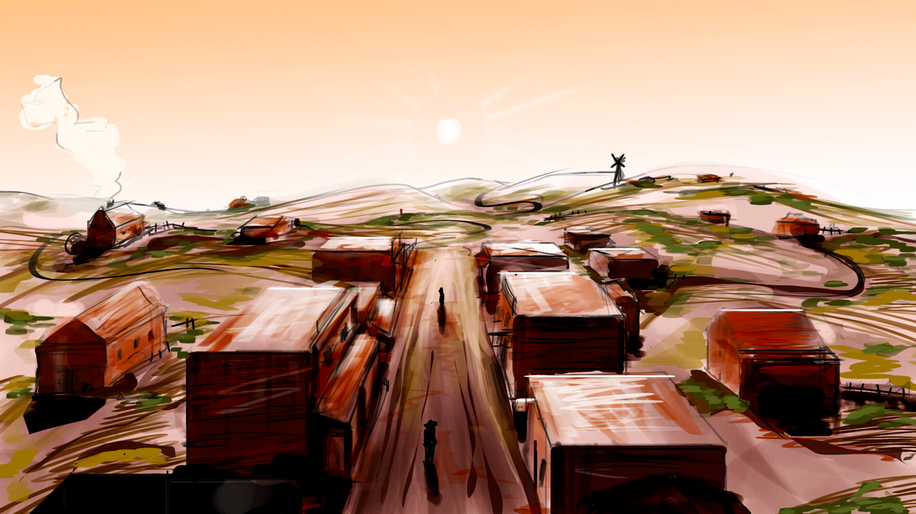
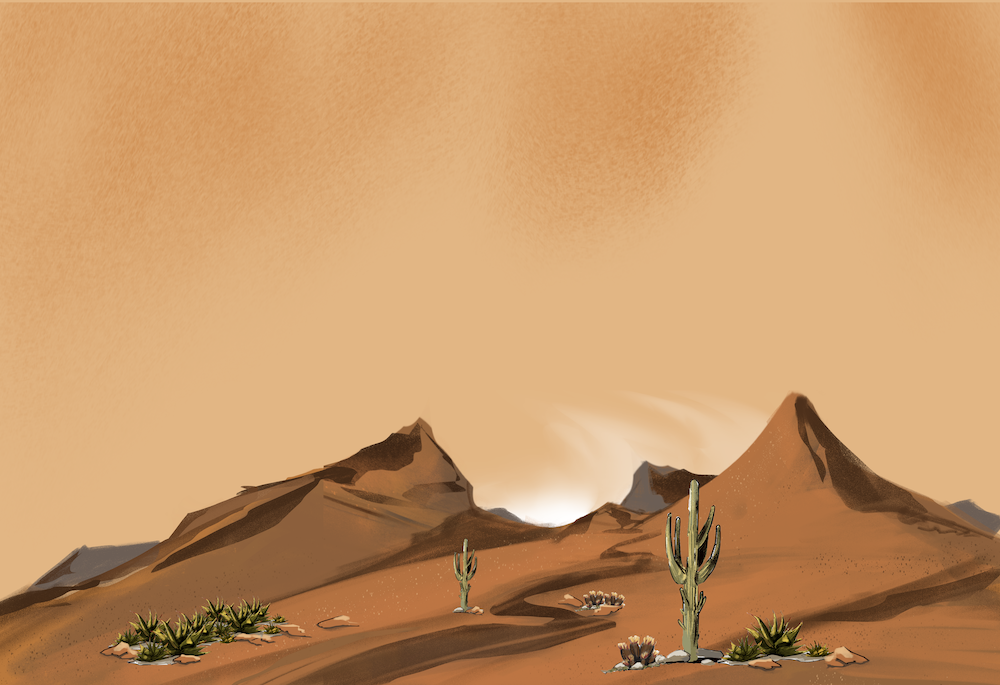
Alongside this, I spent my time teaching myself Blender and After Effects, learning how to animate basic graphics and create 3D objects. These were skills I had wanted to develop for some time, as – certainly when it comes to 3D – the gaming and graphics sector in the North is a big employer and gaining ground. The enthusiasm the team had for Blender was contagious. As Blender is open source, I am excited to be able to continue developing my skills in this software.
“Peace and Quiet originally was a drawing created in Photoshop which I then animated. This project taught me about 3D layers, lighting, camera panning, and texturing in After Effects.”
Bill also lined up several phonecalls for me with some creative contacts of his. These were industry professionals who had been working in areas such as concept art and illustration for some time, and could give me an insight as to what it would be like to actually find employment in the sector.
My short time with Distant Future was definitely varied. It gave me a good understanding of what it would be like to work in a creative industry, and my CV has been treated to a much-needed boost for scoring that dream job. I am so grateful to Bill and the team for sharing with me their time, knowledge, and experience.
You can find Scarlett’s creative portfolio at scarlettshearwood.co.uk
